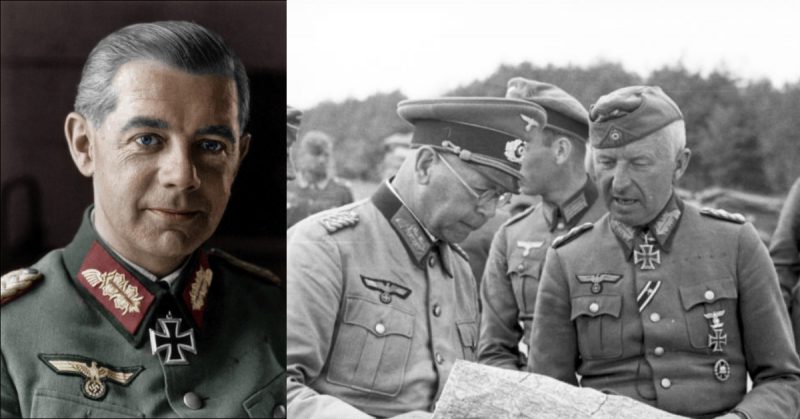On the night of April 29-30, 1945, Field Marshal Wilhelm Keitel received several messages from Adolf Hitler. One of them posed the question: “Where are the advanced parts of the Wenck?” That referred to the 12th Army of General Walther Wenck, on whom Hitler pinned his hopes for the salvation of Berlin.
However, the task of saving Berlin was an impossible one, as Wenck did not have sufficient resources and military equipment to accomplish it.
Aware of the hopelessness of his position, Wenck realized that Soviet captivity was imminent. To avoid this, Wenck gathered all his forces and, together with refugees, crossed the Elbe and on May 7, 1945 surrendered to the Americans instead.

Walter Wenck was born on September 18, 1900 in Wittenberg, Province of Saxony, German Empire. In 1911, he entered the cadet corps of the Prussian army in Naumburg, and in 1918 at the secondary military school in Groß-Lichterfeld.
Wenck was in the ranks of the Freikorps for a short time in 1919, and was once wounded in the leg. On May 1, 1920, he became a private in the regular army.
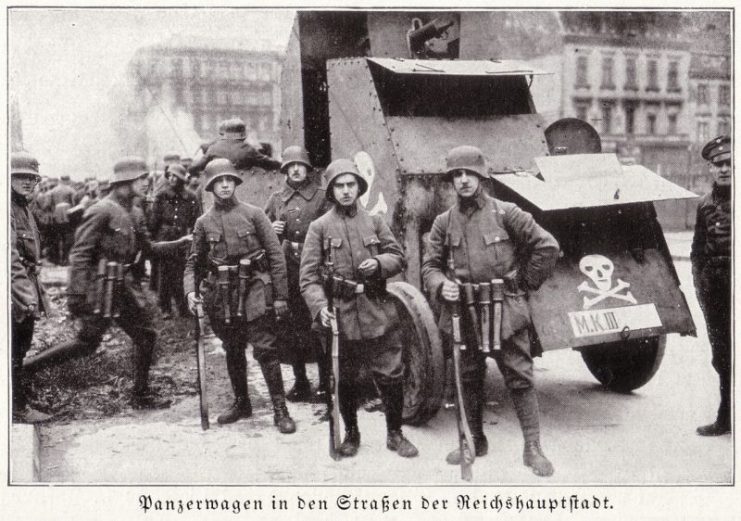
On March 1, 1939, Wenck had worked his way up to the rank of major and joined the ranks of the 1st Panzer Division. Between 1939 and 1942, Wenck was its Chief of Operations.
During the invasion of Poland, Wenck was awarded the Iron Cross of the 2nd Class, and two weeks later he received the Iron Cross of the 1st Class. In 1940, Wenck was promoted to the rank of colonel for the rapid seizure of the city of Belfort.
On December 28, 1942, he was awarded the Knight’s Cross of the Iron Cross. He was also promoted to major general in 1942.
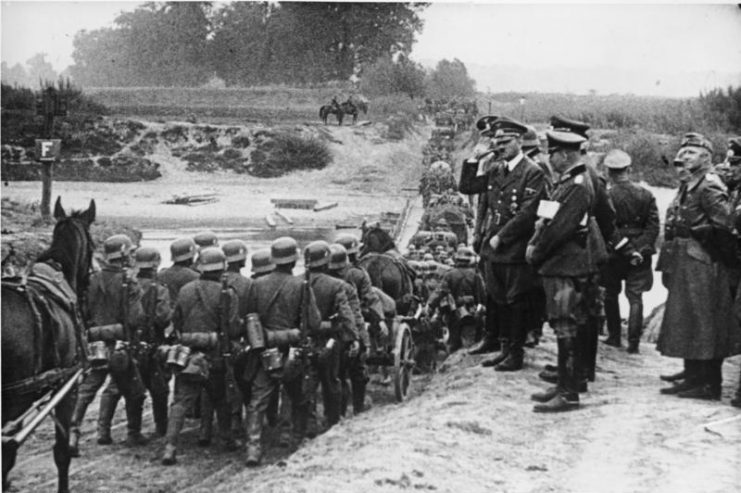
During the German offensive in Belgium, Luxembourg, France and the Netherlands, Wenck was wounded in the leg. He refused to leave his post and successfully continued to command the troops, which ultimately had a positive effect on his reputation.
In addition, in 1942, Wenck was an instructor at the Military Academy, chief of staff of the 3rd Romanian Army on the Eastern Front, and chief of staff of the 57th Tank Corps. In the period from 1942 to 1943, he served as chief of staff of “Army Detachment Hollidt,” named after Karl-Adolf Hollidt, which was later reorganized into the 6th Army.
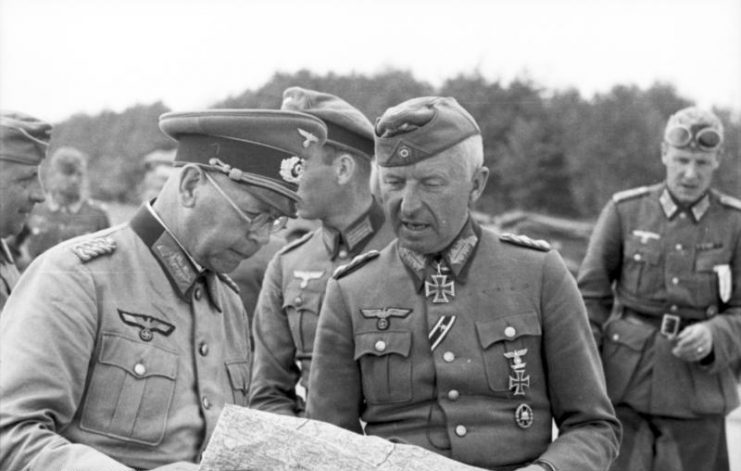
In 1943, Wenck received the post of Chief of Staff of the 6th Army, which he combined with the post of Chief of Staff of the 1st Panzer Division. In 1944, he became the chief of staff of Army Group South Ukraine.
From February 15, 1945, at the request of Heinz Guderian, Wenck took command of the troops involved in Operation Solstice. This operation was one of the last tank offensive operations of the Third Reich on the Eastern Front.
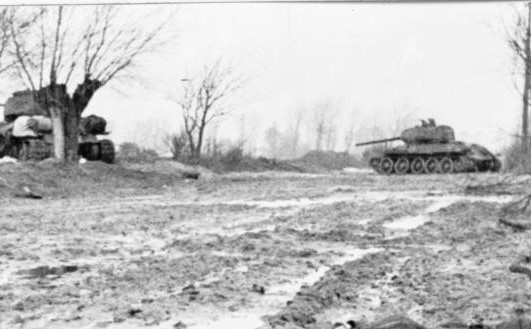
Initially, the operation was planned as an offensive in order to liberate the town of Küstrin and stop the encirclement of the advancing Soviet forces. However, due to the work of Soviet intelligence, limited time, and hasty planning, Operation Solstice ended with a German defeat.
On April 10, 1945 Wenck, as the commander of the 12th Army located west of Berlin, had an order to defend Berlin from the attacking Allied forces on the western front. In the rear of the 12th Army, east of the Elbe, a large camp of German refugees had formed after they fled from the approaching Soviet troops.
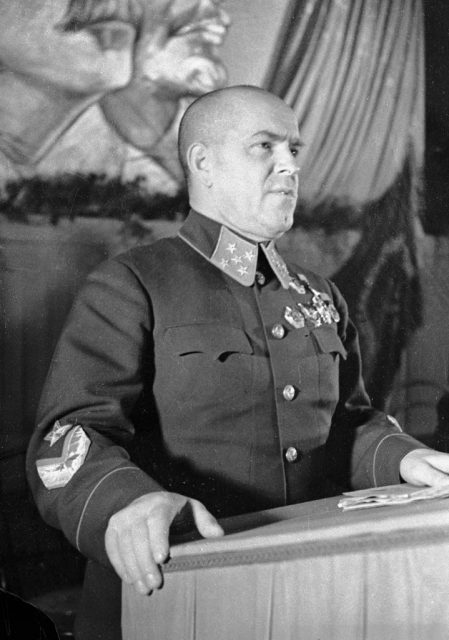
Wenck tried to provide refugees with a place to live and food. According to unconfirmed estimates, the 12th Army provided food for about a quarter of a million people each day.
On April 21, 1945, Hitler ordered SS General Felix Steiner to attack Soviet Marshal Georgy Zhukov’s positions on the 1st Belorussian Front. Zhukov’s troops surrounded Berlin from the north, and Marshal Konev’s troops of the 1st Ukrainian Front surrounded it from the south. Steiner had few tanks and about one infantry division. He refused to attack and instead retreated, fearing to be surrounded and destroyed.
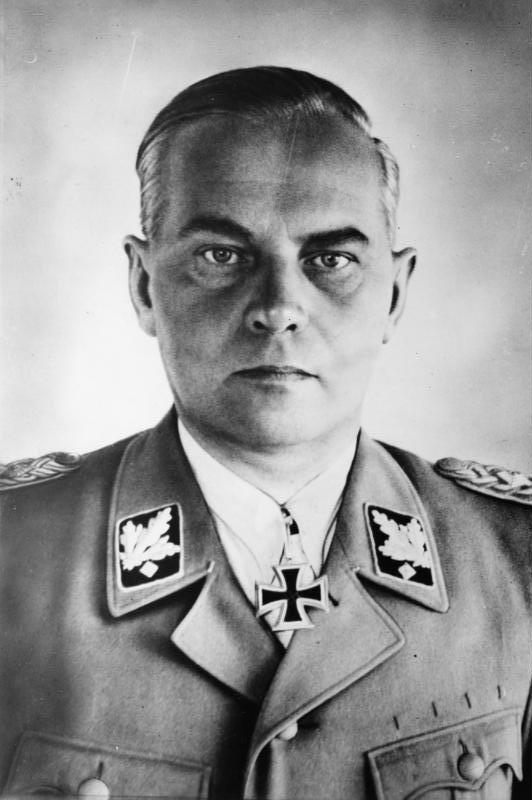
Subsequently, the 12th Army of General Wenck was Hitler’s last hope to defend Berlin. Wenck was ordered to send his troops east and join up with the 9th Army of infantry general Theodor Busse.
According to the plan, they were to attack the Soviet troops from the south and west. At that time, the 41st Tank Corps under the command of General Rudolf Holste had the task of attacking the Soviets from the north.
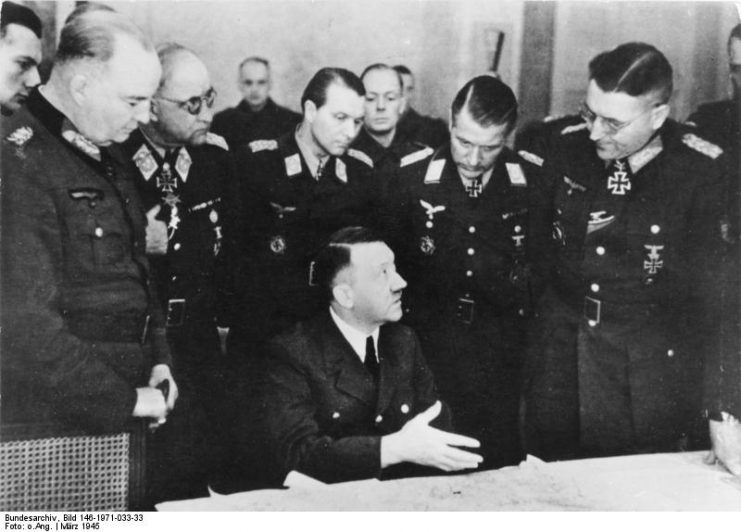
Wenck’s 12th Army launched an attack on the Red Army units surrounding Berlin. However, on the approaches to Potsdam they faltered upon opposition from the Soviet troops and were subsequently forced to interrupt the offensive. Generals Holste and Busse failed to make significant progress towards Berlin.
On April 27, the Red Army closed the ring around Berlin, thereby cutting it off from the rest of Germany. On the night of April 28, Wenck told the High Command of the Ground Forces that the troops of his 12th Army and the troops of the 20th Army Corps were forced to retreat along the whole front. He also said that support of the 9th Army should not be expected and further movement towards Berlin was impossible.
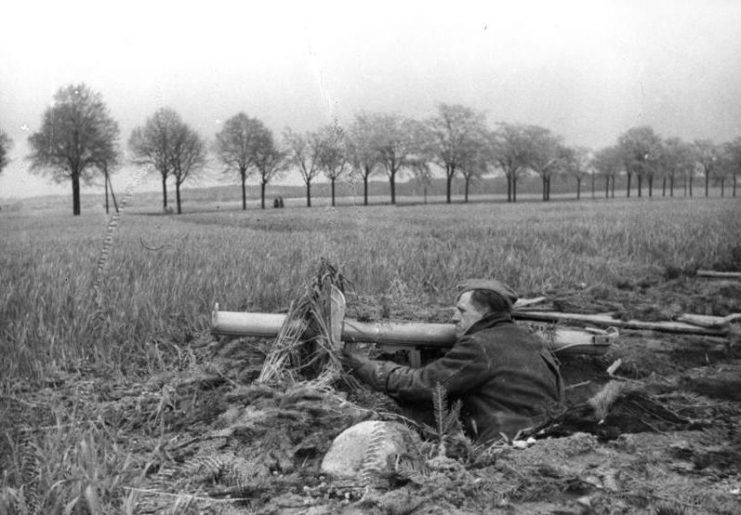
When Wenck realized that he would not be able to reach Berlin, he developed a plan for moving his army to the forest of Halbe. There, he wanted to join his forces with the remnants of the 9th Army, the Post-Samra garrison, and the Army Group Spree. In addition, Wenck planned to provide escape routes for as many Berliners as possible.
Being on the edge of the front line, he broadcast a radio message, “Comrades, you’ve got to go in once more. It’s not about Berlin any more, it’s not about the Reich any more.” Despite the systematic attacks on retreat routes, Wenck sent his troops, surviving units of the 9th Army, and many civilians into the territories occupied by the U.S. Army across the Elbe.
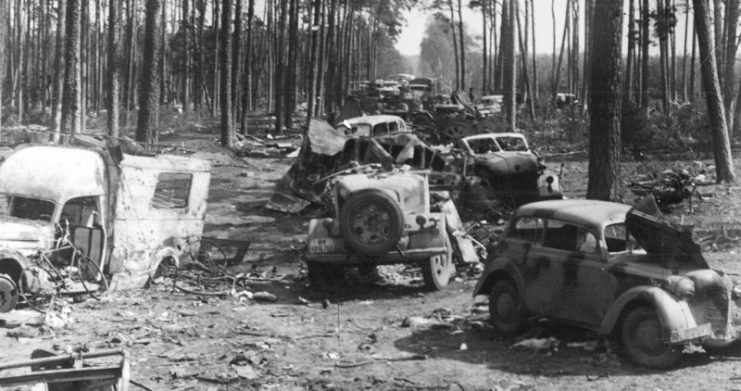
According to various estimates, he managed to evacuate anywhere from tens of thousands to hundreds of thousands of civilians. Wenck was one of the last to cross the river.
After the refugees and troops crossed the Elbe, on May 7 Wenck surrendered to the Americans. In 1947 he was released, and in September 1948 he began working as a manager in the company Hubert Schulte GmbH.
Read another story from us: Did Nazi Germany Ever Stand a Chance of Winning WW2?
From 1960, Wenck was the general director of the Diehl Group in Nuremberg, which was engaged in the manufacture of weapons and military equipment for the Bundeswehr. In 1966, he retired.
On May 1, 1982, during a trip to Austria, Wenck died after his car crashed into a tree. A few days later, he was buried in his hometown of Bad Rothenfelde in Lower Saxony.
